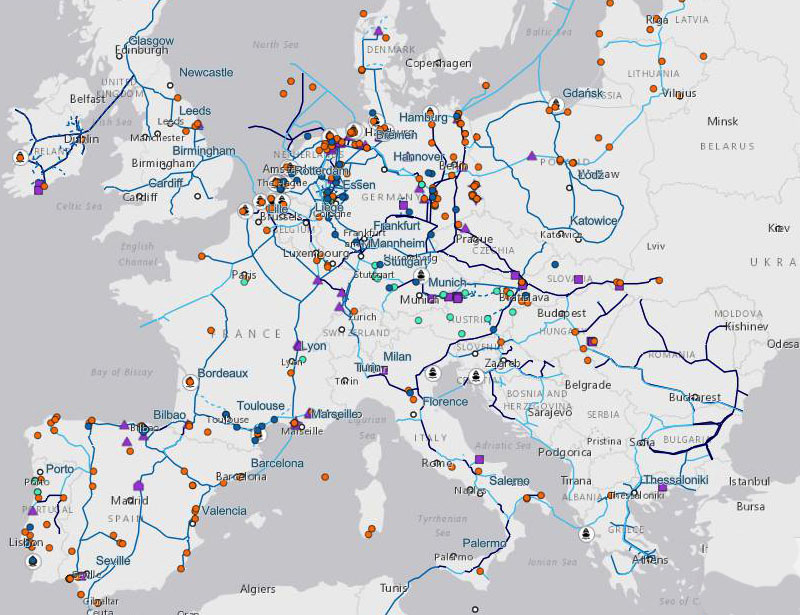Understanding technology trends, predicting their commercial potential is essential for corporate planning. Netlab offers “Tech Watch” studies on subjects of interest to our clients, the budget for such studies is between 10,000 to 20,000 €.
Hydrogen, the new energy vector
Netlab carried out a technology survey interviewing 7 TSO (gas transport operators) and 7 DSO (gas distribution operators) in Europe, Canada and Australia on replacing natural gas by hydrogen. The 14 companies are testing refurbished existing gas transport, building new lines and distribution pipelines for hydrogen delivery.
The EU launched the „Hydrogen Backbone“ initiative coordinating and supporting the construction of an EU-wide transport grid. Network lengths up to 1000 km will be put in operation by 2030 delivering hydrogen to industrial clients and blends (methan-hydrogen) for home heating. The main bottleneck remains the procurement of green or blue hydrogen at acceptable costs in large quantities.

Hydrogen backbone 2030 map from European Hydrogen Backbone (EHB) initiative, an interactive map is found under www.ehb.eu
